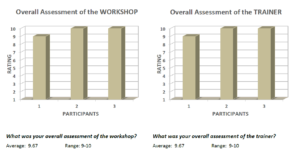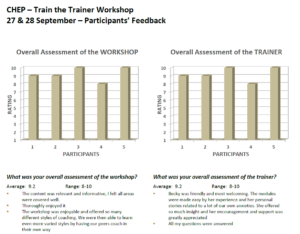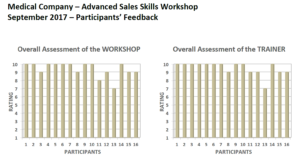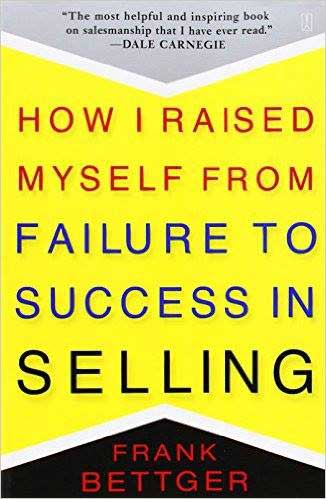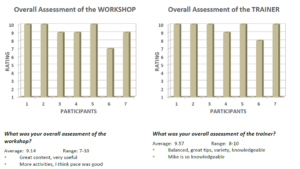
Recruitment costs can be very high – time, money, lost productivity, stress on the manager and the team who have to pick up the slack. Yes, but it’s also an opportunity.
Done well recruitment can bring in high calibre employees with a fresh outlook, new ideas and can lift the motivation of the existing team. The key is recruiting the right candidate for the role and on-boarding them well.
One of the major causes of indecision and bet-hedging during the hiring process relates to ‘fit’. You may have identified a candidate that you think is technically competent. Your worry is that they won’t sit well within the team dynamic.
How, then, to sort the wheat from the chaff? You know the damage waiting around and leaving a position vacant could do, but the risks of hiring the wrong person can weigh heavily on your shoulders.
A powerful tool is Extended DISC profiling. Extended DISC profiling can reveal all kinds of insights about how a potential employee can fit into your team. What does this mean? A person’s score along each of these four dimensions can give a great indication of how they’ll operate in a team.
They might fit in similar mapped area to other employees – meaning communication will be similar, thinking and action of tasks will be similar. If they are mapped very differently – perhaps a “lone wolf” then the way they go about communication and tasks could be very different to the rest of the team so people might need to be prepared for that. How can this person be supported if they are out in a limb. They might do and think things through far faster than the rest of the team and therefore get bored or lose focus quickly if not kept on track while the others process the same information. Or they might be more introverted and express or offer their opinions less and may be seen as quite reserved when actually they just need a window of opportunity to talk.
For a leader it can show what support they might need to give the candidate in areas of the job that might not have as ‘natural fit’ with behaviours to fulfill an expected task. It also shows a leader where the candidate’s strengths might sit so they can utilise and therefore motivate them better. Importantly, it helps a leader see how this new person might like to be led – do they like to connect with their leader regularly or work autonomously.
For the team, Extended DISC can show gaps in the makeup of a team. Should you be recruiting someone from an area of the map that you don’t currently have in your team? For example is your sales team lacking a “hunter”? Do you actually need those behaviours in your team? If so, is it best to recruit a “hunter” or is it reasonable to think you can train an existing member to “hunt”? By knowing what you need, you can use Extended DISC to evaluate your objections more objectively.
A reliable objective tool can help make recruitment, selection and development decision in a more cost effective manner.
With a tool like Extended DISC, the real advantage is that you can stop guessing what’s under the surface at interview and start making informed decisions. You can spend less on agency fees (often up to 25% on a new employee’s annual salary, depending on their seniority level) and reinvest those savings into your business. More importantly, you can hire with confidence, deliver a great hiring experience to your new employee and know ahead of time what to expect when they show up for work.
Becky Carr is a Master Trainer and Consultant in Extended DISC. Contact Becky at bcarr@proformance.nz

